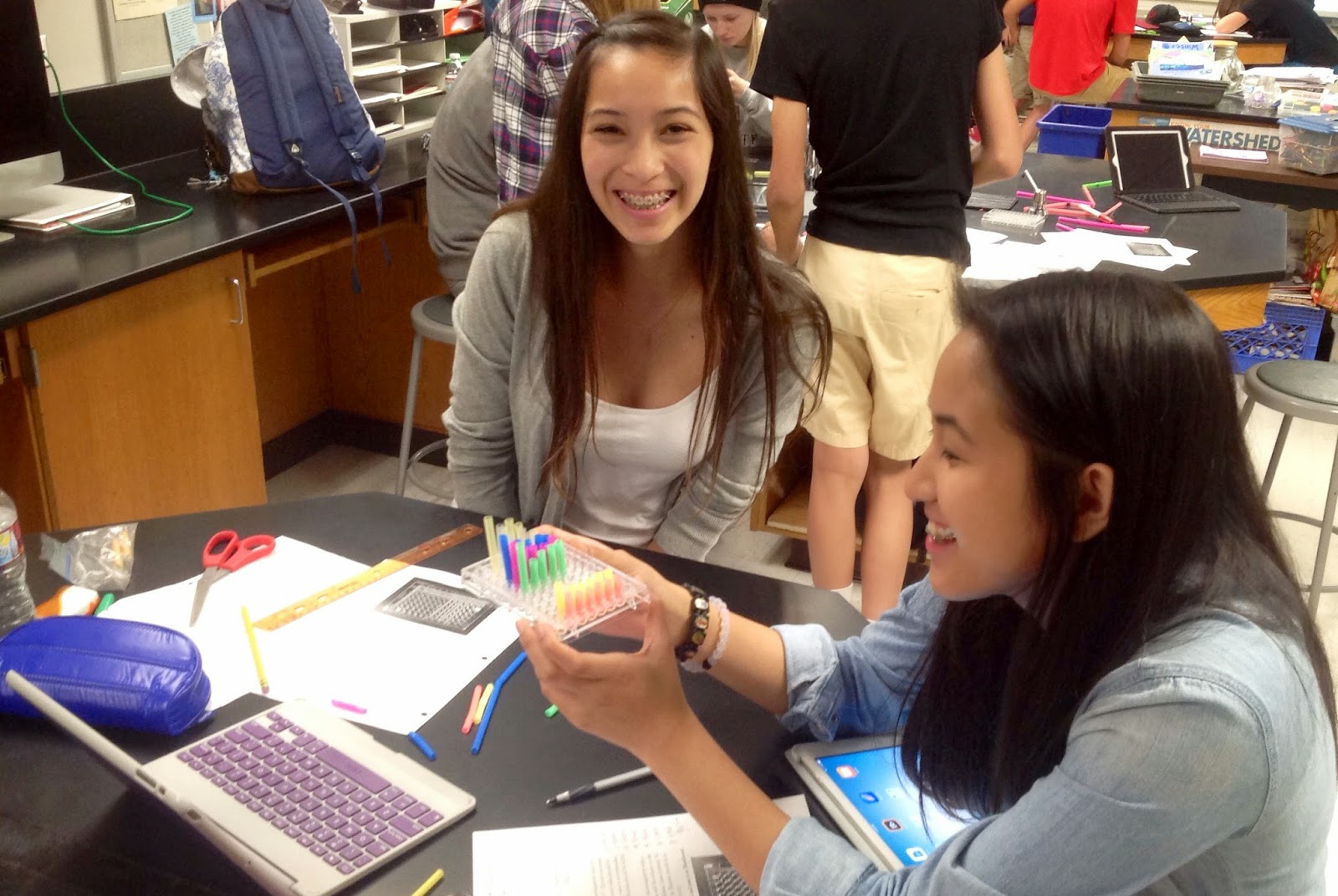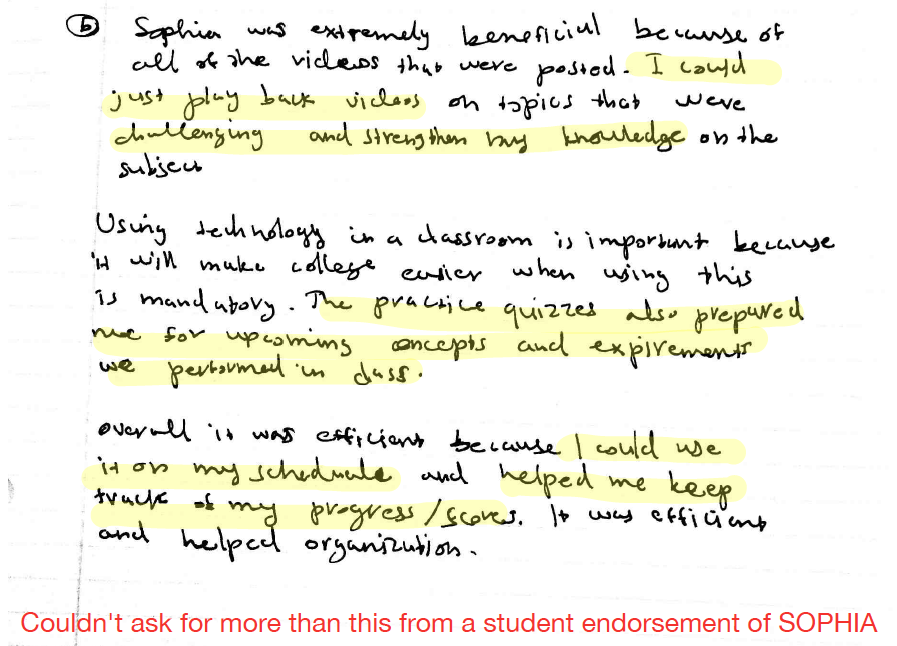STUDENT SELF-ASSESSMENT
In a time of mindless escape I found myself watching an episode of "The Middle" the other night and had deja vu moments as Mike Heck sat at the school athletic banquet and questions, "Does everyone get a trophy?" And then he cringed as his daughter received her X-Country MVP trophy "Most Valuable in Punctuality".
I have referred to this in the past as the "AYSO Syndrome".
The idea that everyone plays, everyone wins and everyone gets a trophy. The reality of dealing with defeat or realizing that you may not always be the best has diluted our ability to evaluate ourselves and assess our own abilities or lack thereof.
As an educator and a former coach I still cringe, a la Mike Heck, at parents who proudly proclaim, "my child is an All Star". When the real proclamation should come from the parents who can claim "my child was not an All Star". Between, area all-stars, regional all-stars, sectional all-stars and district all-star teams, it is a wonder that there are enough players in each league to fill the
"All Stars".
Do we as educators spend enough time helping our students to authentically assess their talents, abilities and the work they produce?
Fortunately, I came across a set of reflection questions on Edutopia to guide students through both introspection and reflection as a means to self-assess the work they produce in class. Primarily in the area of Project Based Learning (PBL).
The question set is organized in four categories:
- Backward-Looking Where did they start?
- Inward-Looking What did they learn?
- Outward-Looking How do they compare?
- Forward-Looking Where can they go?
http://bit.ly/1sogh1m - Link to PDF from Edutopia
The 40 Reflection
Questions
Backward-Looking:
1.
How much did you know about the subject before we started?
2.
What process did you go through to produce this piece?
3.
Have you done a similar kind of work in the past (earlier in the year or in a
previous grade; in school or out of school)?
4.
In what ways have you gotten better at this kind of work?
5.
In what ways do you think you need to improve?
6.
What problems did you encounter while you were working on this piece? How did
you solve them?
7.
What resources did you use while working on this piece? Which ones were
especially helpful? Which ones would you use again?
8.
Does this work tell a story?
Inward-Looking:
9.
How do you feel about this piece of work? What parts of it do you particularly
like? Dislike? Why? What did/do you enjoy about this piece or work?
10.
What was especially satisfying to you about either the process or the finished
product?
11.
What did/do you find frustrating about it?
12.
What were your standards for this piece of work?
13.
Did you meet your standards?
14.
What were your goals for meeting this piece of work? Did your goals change as
you worked on it? Did you meet your goals?
15.
What does this piece reveal about you as a learner?
16.
What did you learn about yourself as you worked on this piece?
17.
Have you changed any ideas you used to have on this subject?
18.
Find another piece of work that you did at the beginning of the year to compare
and contrast with this what changes can you see?
19.
How did those changes come about?
20.
What does that tell you about yourself and how you learn?
Outward-Looking:
21.
Did you do your work the way other people did theirs?
22.
In what ways did you do it differently?
23.
In what ways was your work or process similar?
24.
If you were the teacher, what comments would you make about this piece?
25.
What grade would you give it? Why?
26.
What the one thing you particularly want people to notice when they look at
your work?
27.
What do your classmates particularly notice about your piece when they look at
it?
28.
In what ways did your work meet the standards for this assignment?
29.
In what ways did it not meet those standards?
30.
If someone else were looking at the piece, what might they learn about who you
are?
Forward-Looking:
31.
One thing I would like to improve upon is ...
32.
What would you change if you had a chance to do this piece over again?
33.
What will you change in the next revision of this piece?
34.
What's the one thing that you have seen in your classmates' work or process
that you would like to try in your next piece?
35.
As you look at this piece, what's one thing that you would like to try to
improve upon?
36.
What's one goal you would like to set for yourself for next time?
37.
What would you like to spend more time on in school?
38.
What might you want next year's teacher to know about you (what things you're
good at)?
39.
What things you might want more help with?
40.
What work would you show her to help her understand those things?











































